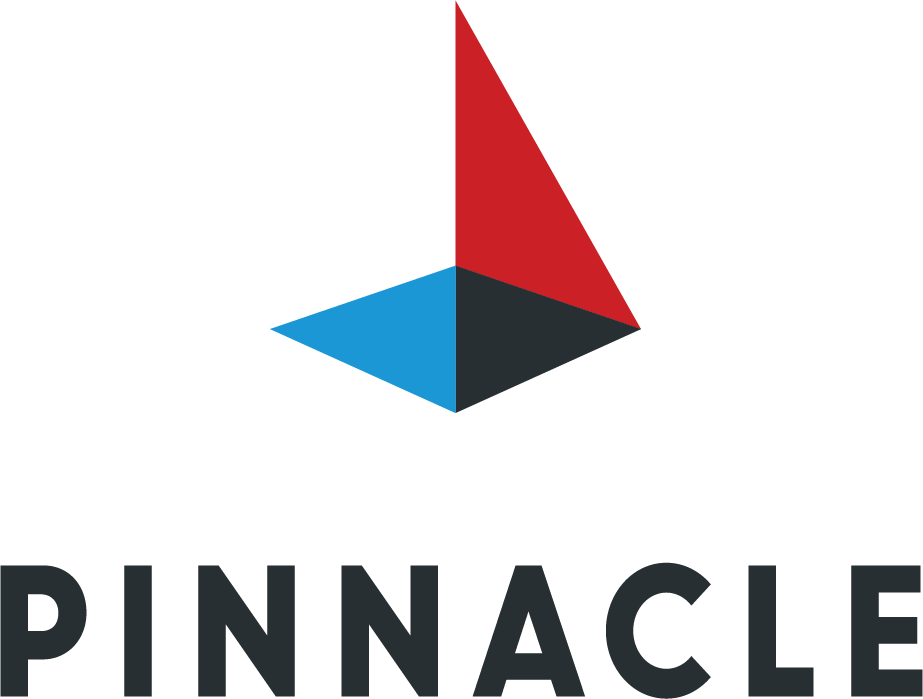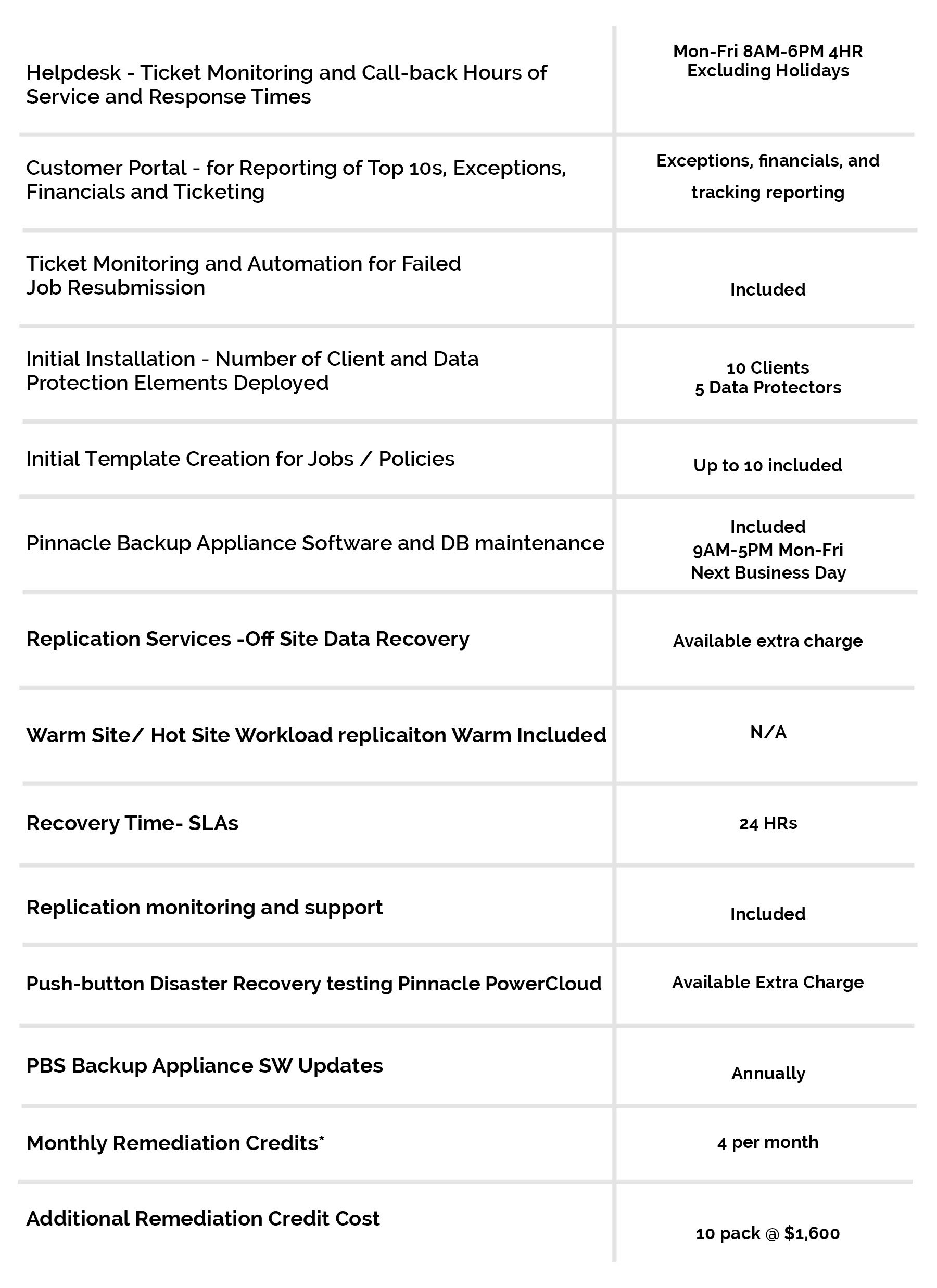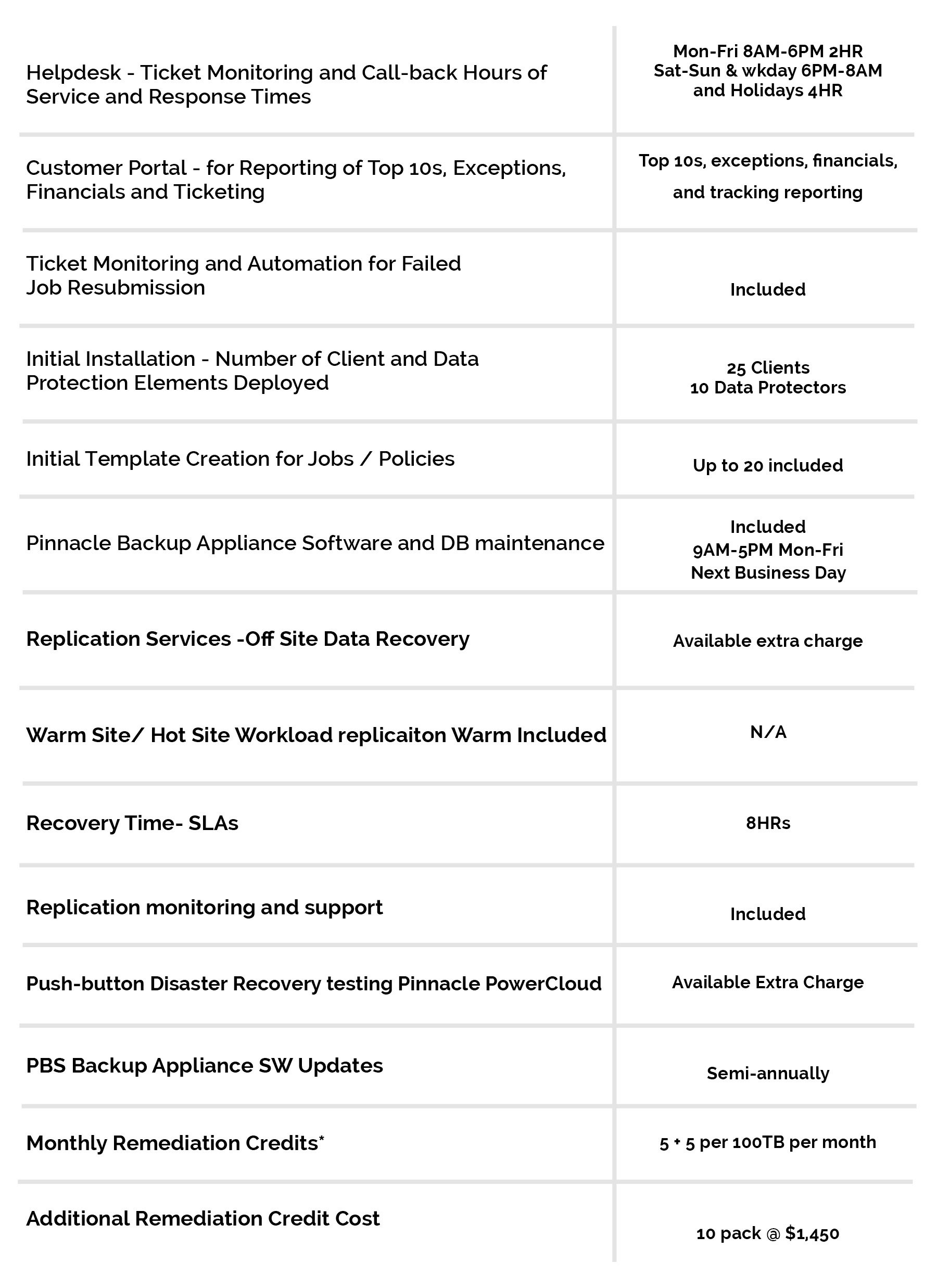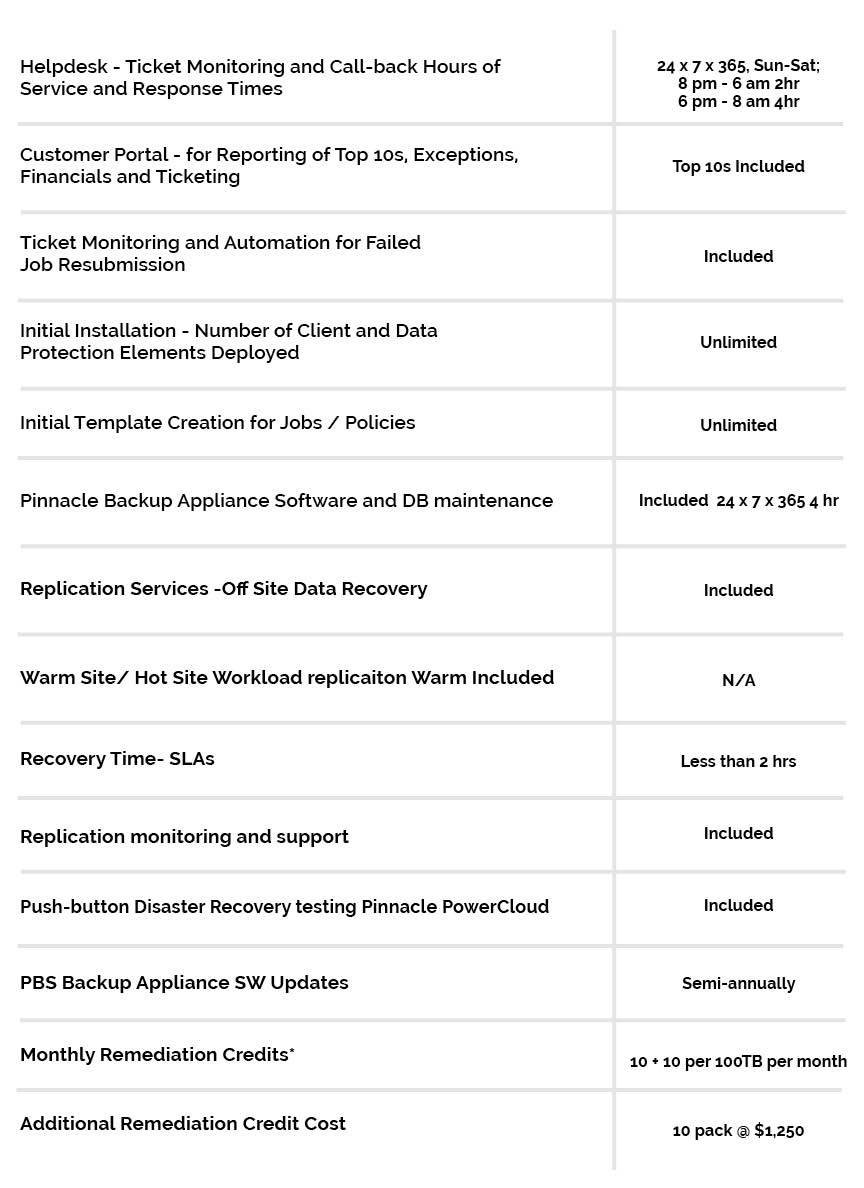13 Apr Top 3 considerations when integrating new technology
Current solutions businesses are using might be good for solving today’s problems, but they might not be as viable years down the road. When a piece of hardware or software becomes outdated or stops adding value, it might be time to look for a tool that better addresses organization and employee needs. When integrating new technology into your infrastructure, there are three main considerations to keep at top of mind:
What problems are we trying to solve?
Before looking at your technology options, you must first identify your pain points and how a new tool can address these issues. For example, if an organization aims to improve efficiency, how will integrating a specific tool help accomplish this goal? By asking this question for each organizational objective, it will be much easier to conceptualize short-, medium- and long-term transformations, according to an article by the Journal of the American Medical Informatics Association. Organizations can also use this tactic to narrow down their options and find the technology that will best fit their needs.
Map out all existing processes and highlight some of the challenges staff members experience on a regular basis. This will help recognize areas for improvement and mitigate implementation risks. Business leaders can use this approach to guide a long-term strategic vision and what other approaches can further company goals.
“Existing systems may be enhanced to supplement IT capabilities.”
Will it work with existing systems?
Most businesses have certain mission-critical systems they depend upon to complete daily tasks. It’s unlikely these solutions will be completely ripped and replaced at one time, but may be enhanced to supplement IT capabilities. When adding a new tool to your system or adding to existing ones, you must ask how it will be integrated and if anything needs to be changed to accommodate the new technology, Wired contributor Dr. Tianyi Jiang wrote. If the purchase doesn’t improve or maximize the value of the current platform or is expected to tie up IT resources, it might not be worth implementing.
Carefully assess all of your options to guarantee smooth IT implementation. By verifying that new tools work with existing systems, organizations can bolster return on investment for their legacy tools. Evaluating your current platforms will also help shed light on what critical functions are missing as well as any requirements and dependencies these solutions might have.

Some businesses might not have an expert on hand to support new technology.
Do we have the necessary resources?
When adopting a new technology, it’s important to consider if you have the necessary resources available to support it. Some organizations might not have the financial means to purchase, configure and maintain things like a cloud environment or new servers, for example. This is particularly important to factor with tightening budgets and the constant goal to achieve cost savings wherever possible.
Other businesses might simply not have the experts on hand to appropriately service the new technology and leverage it effectively. Harvard Business Review noted that when a solution is handed from the vendor to the user, the user organization might not be as technically skilled or able to take on responsibility for the technology. This can lead to significant problems like data mismanagement and excessive costs for a tool that’s not being utilized to its fullest.
Organizations can solve these considerations by teaming up with a managed service provider like Pinnacle Business Systems. We partner with a number of reputable companies to bring your organization the tools and technology you need. We support and maintain the tools on our end, helping you save on investment costs. Our team of experts will ensure that your systems are configured correctly and work seamlessly to deliver true business value. To learn more about information technology implementation, contact Pinnacle today.

